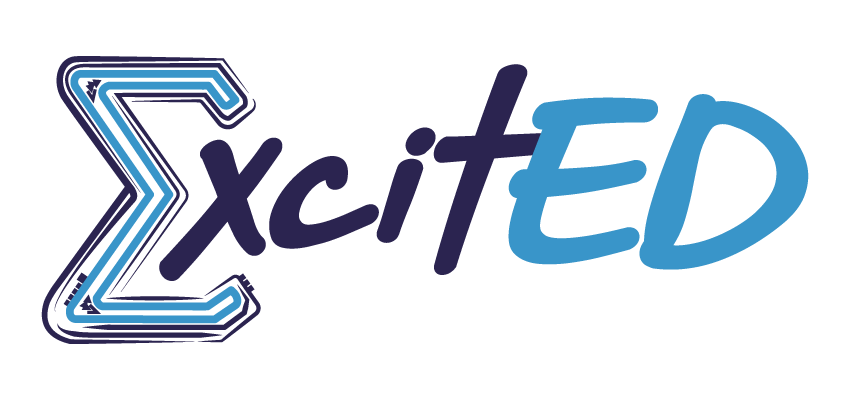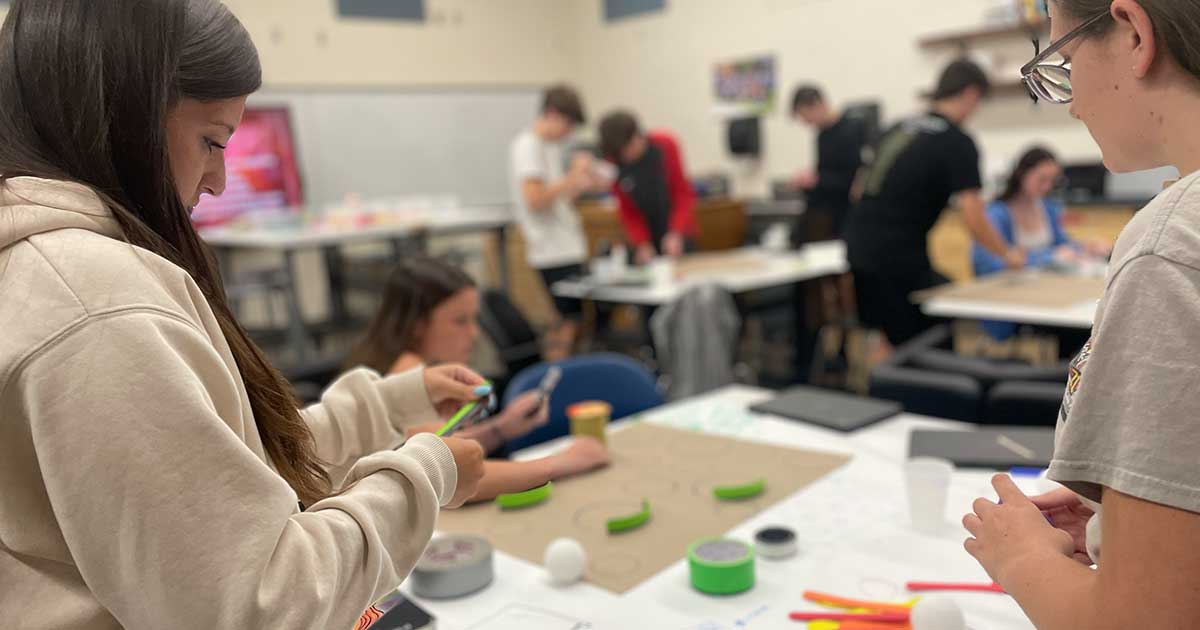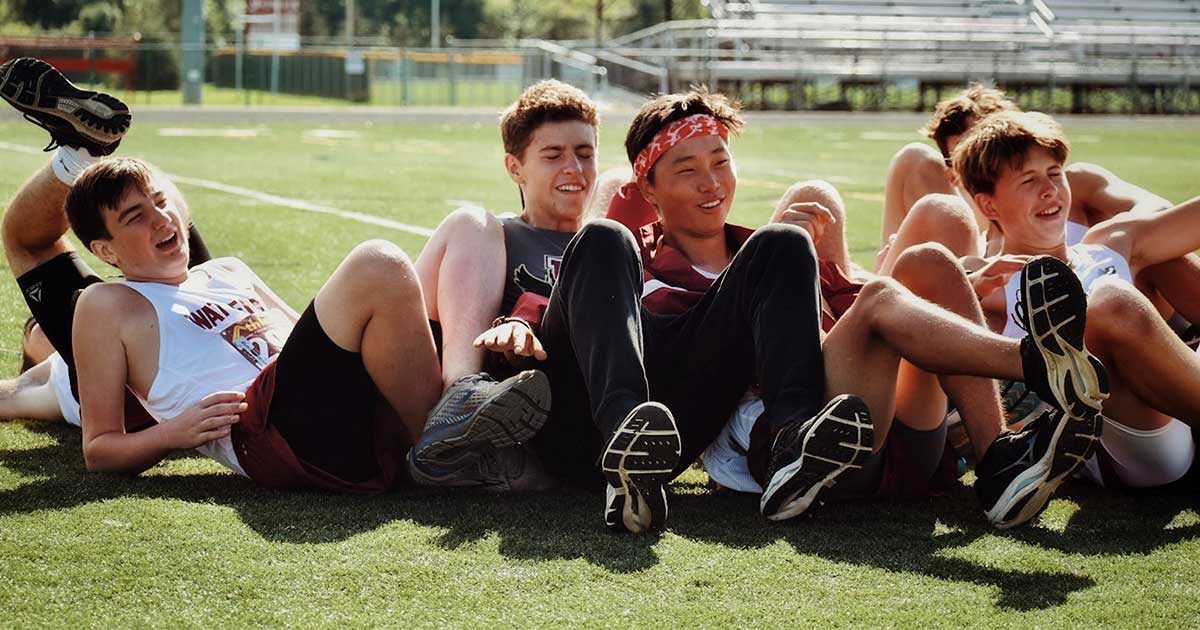It’s family game night in your house and you are one of four children, you’re fourteen but your siblings are a couple years younger. Everyone agrees on a trivia game, but the game only has kid questions and adult questions. What do you do in this situation? Use the adult cards and struggle getting the questions right or have no challenge using the kid cards?
Hi, I’m Abi M., an 11th grader at William Tennent High School, and I am taking AP Seminar and Student Design Lab right now. In this class we work collaboratively on different research projects. We are learning about design thinking right now. There are five different parts of design thinking. This activity was to introduce us to those steps. The first step is to empathize, in this step you are supposed to connect with someone and understand their point of view. The second step is to define, at this stage you are more on your own. The following stage is ideate. That is where you come together and collaborate your ideas. Creating a prototype is your fourth stage. In this stage you bring your idea to life. It is more of a rough draft just to put something together. Testing your prototype is the fifth and final step.
Today in our class we were asked to design a better game. The game could vary from sports game, to arcade games, to board games. Our first step in this process was to interview someone to see the types of games they like to play. We interviewed Mrs. Martin, a math teacher at our high school. By the first two minutes of the interview you could tell she was big on family game night. She said that her family loves to play board games together. They specifically like trivia games but face the problem of not knowing which card to give their teenager. She voiced to us that trivia night would be much better if there were teen cards. After she said that we all immediately knew how we could make a game better.
Once we collectively came back as a group to discuss what our ideas were, we were all set on making a better trivia game. A trivia game where the family wouldn’t have to worry about what questions the teenager would get. Our idea was to add an additional teenager card category. At first we thought of doing a spin off of Monopoly. A Trivia Monopoly. We soon realized that it would be too complicated to do that because we weren’t positive how we were going to incorporate money into trivia. There are also a bunch of twists and turns in Monopoly that we weren’t sure how to make original. We had to make the board simpler. Our board turned into a trail.

Trivia Trails is the name of our game. The trail has different shapes and designs. The trail also has risk tunnels. The oldest person will read you a trivia card. When you get a trivia question right you move to the closest shape it tells you. When you get one wrong you go back to the closest shape. If you land on a shape with the risk tunnel you can either not pick up a Tunnel Card or you risk it and pick it up. The card will either let you advance to the end of the tunnel or go back. The person who makes it to “Trails Terminated” first wins the game!
Working as a group after all coming up with separate ideas introduced us to how student design labs will really be. In the end, my takeaway is that this helped us bond and formulate better communication skills with each other. It allowed us to see each other’s strengths and weaknesses. Finally, our game is very family friendly. It is inclusive to all age groups and allows everyone to have a challenge. Trivia Trails would be perfect for your next family game night!







